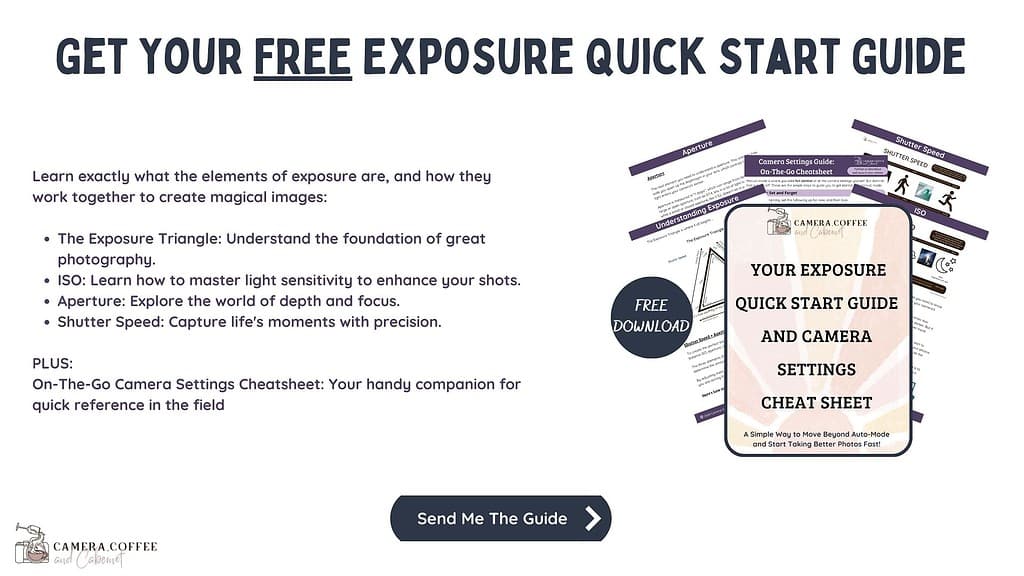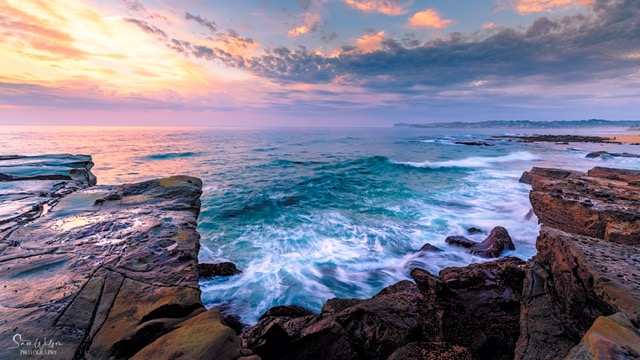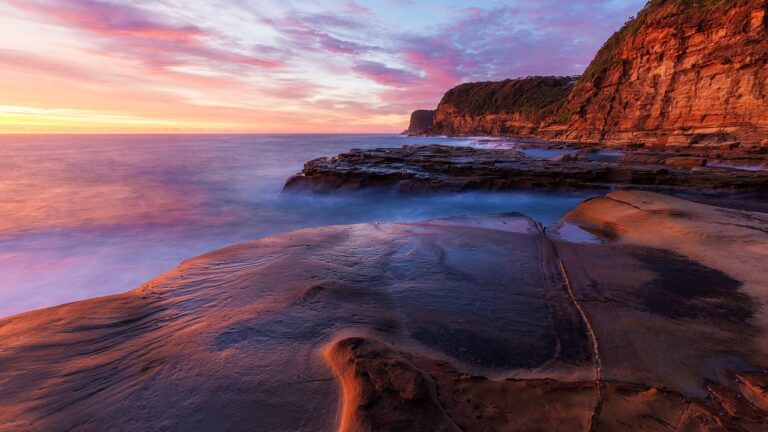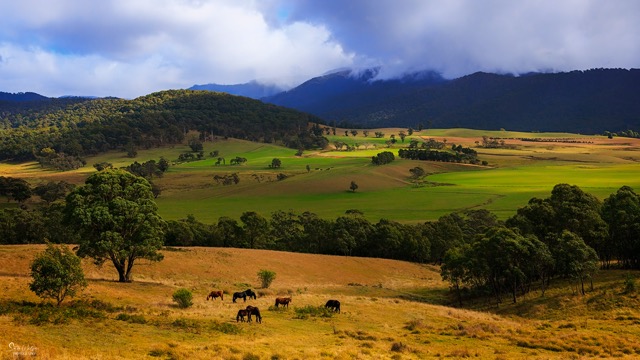Find Landscape Photography Locations – A Complete Guide
A Guide To Uncovering the Best Landscape Photography Locations
Have you ever looked at photos and wondered how the photographer found all these great locations? It’s surely not sheer luck.
As with most things worth doing, a lot of planning and work has gone into being at the right place at the right time.
I’m sure we’ve all been here – we have seen photos that are just beautiful at a location we are going to. So we do our research, turn up and expect to photograph what you’ve seen.
You’re convinced you can get an equally beautiful photo but when you’re there, it’s just not happening. It’s either the wrong time of day or year, the weather is just not working.
It’s more than just finding a location, it’s about researching the conditions and when the best time to go possibly is.
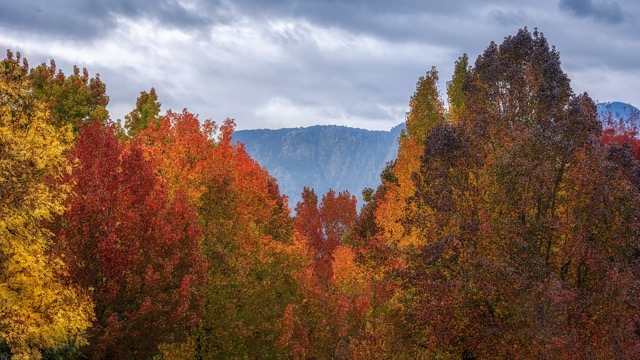
The best photography really does come from having a plan. That’s especially the case when it comes to landscape photography.
Whether you’re planning photos for your next trip or a shoot around the corner in your local area, there’s a lot you can do to set yourself up for success.
This guide will show you how to find landscape photography locations, then plan your visit to have the best conditions possible.
Make a bucket list of great locations
As you do your research, you are sure to go down a rabbit warren and find numerous locations you’d like to shoot.
To manage this, I suggest you create a spreadsheet or document to save a list and information you come across.
If you don’t save something when you see something interesting, It’s guaranteed you’ll never find it again!
I start with a spreadsheet, and copy the address of the website where I found the location. I also create a folder with inspirational images for reference.
If you’re researching numerous locations (one’s never enough right), then organise these regionally.
When I’ve narrowed down the area I create a Google Map to track all the locations. This helps you map out your trip, and you can cover numerous locations in one go. You can also map out if there are any spots you can detour to on the way.
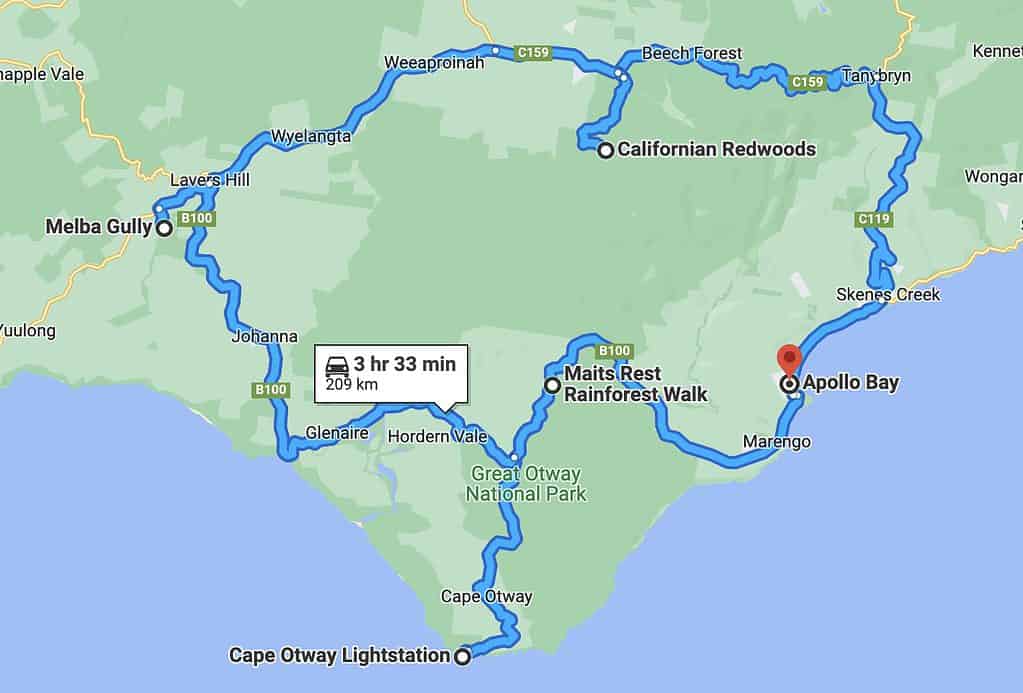
There really are some great resources designed to help you find these spots, and here are some ways you can get started –
Tools To Help You Find Landscape Photography Locations
Discover Locations And Inspiration From Other Photographers
The first place I usually find locations is by seeing the work of other photographers.
Not only do you find inspiration, you can often find out where the photos were taken.
You can learn so much from looking at other photographers, not just to help you find locations.
Not to copy of course, but it gives you an idea of compositions for a particular spot, and can spark your own creativity.
Also try and look at the work of a photographer local to the area you’re considering. They will know the area well, and can point you to some more unique locations.
Google Images
Simple yet extremely effective. If you know the area you want to visit, just ‘google it’.
The amount of information you can find here is amazing! You will find a lot of inspiration and ideas to get you started.
Local or state-specific websites and blogs
Think tourist guides, national parks, trip advisor – you really can go down a rabbit warren here but you’ll come up with heaps of ideas
It’s most likely that there are websites that are dedicated solely to the area you are interested in.
Google a few of these and you’ll be surprised to where this leads you. I’m sure it will lead you to several new photography spots.
ShotHotspot
This is a fabulous website where you can find so many photography spots all over the world. Just enter your location and you will find a map of spots in the area.
You can then click on each ‘tag’ for more information, along with ratings and examples of images that were taken there.
Check out ShotHotspot here
Flickr
Flickr is a great photo sharing website that you can use to find places to photograph anywhere in the world.
You can either search a location such as state, region, or city. Most photos will have the location in the name or description of the photo.
You can also search by photographer if you know any photographers whose work you like.
Check out Flickr here
Google Earth
A different application to Google Maps, Google Earth can be another tool to research photography spots. The 3D mode gives great detail including elevation. The street view gives you the perspective as if you’re standing right there.
It also has a time slider you can use to see how the sunlight changes the landscape at different times of the day. This can be useful if you want to know where the shadows will fall when you plan to visit.
Instagram can be an incredibly useful tool for finding places to photograph.
This is best done by searching using hashtags. Using the search feature, type in a suburb or location, then select hashtags. You can then search by either the most popular or the most recent.
The most recent is particularly useful if you’re searching seasonal locations in particular such as autumn. Just be aware that while most users upload their photos soon after taking them, this is not always the case.
Pinterest is an incredible location that will help you find landscape photography locations.
If you’re not familiar with Pinterest, it is a search engine with over 430 million active users each month.
Simply search for the location and you’ll be shown a heap of ‘pins’. These pins will link you to websites and blogs featuring that location. This means that instead of each pin just showing you one place, they will likely lead you to a list of spots in that area.

Just make sure you are specific when you search. So instead of searching for Australia, search either the city or area such as Sydney, or Great Ocean Road.
Reach out to photographers in the area you want to visit
With photography being so popular, I’m sure there are other landscape and nature photographers in the area(s) you are interested in.
You will likely come across other photographers while you are out yourself. So, start a conversation – you never know what you might learn. You also might be able to point them to some spots they didn’t know about!
You can also find other photographers online with google or even facebook groups.
Jump in your car and start exploring
As obvious as this sounds, you don’t know what you don’t know! This is a fabulous way to find landscape photography locations that are completely unique!
The easiest way to start with this is to head to a location you’ve found from your research above. Simply try to be observant on the way there and back. Allow plenty of time, and pull over when you see something/anything interesting.
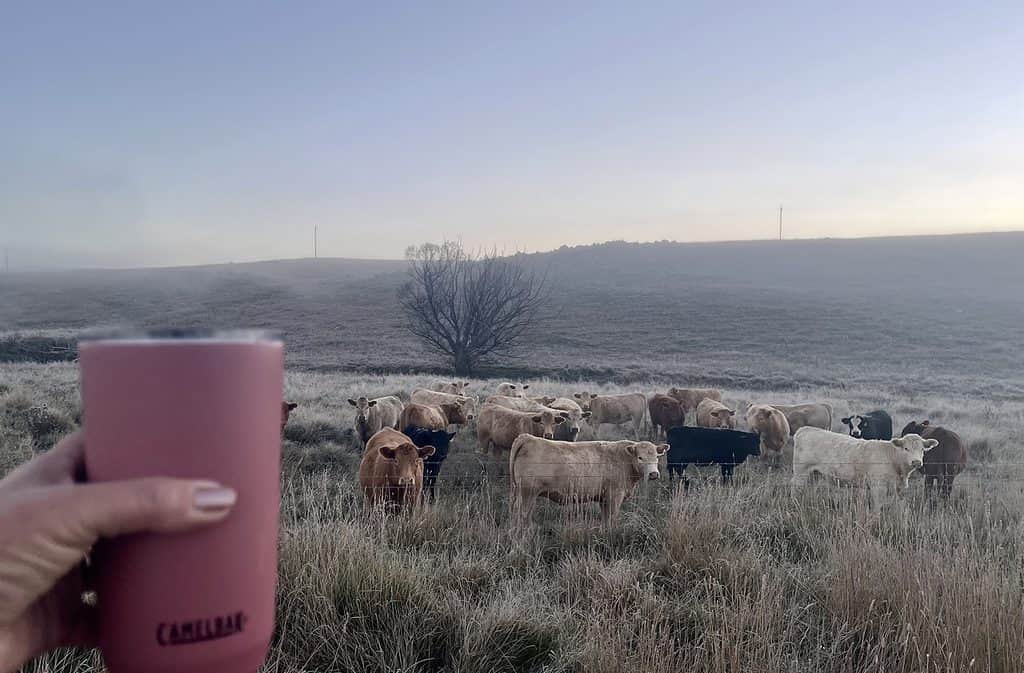
Determine Exactly Where You Want To Be
Once you have your location sorted, use Google Maps to help you find exactly where you need to be to take your photos.
As a starting point this will tell you where you need to park and how to get to where you need to be.
Now to take it to the next level …
Once you’ve found your spot, go into satellite view. This will give you much more information about how to get to your spot and how long it will take you to get into position.
This can be incredibly important when it comes to timing. You don’t want to miss that window of light around golden hour as it doesn’t always last very long. Also, if you’re on holiday, time can be short. So this planning will make sure you get to take your shot.
Tools to plan for light & weather
The final part of your planning is to study the weather to know how it will affect your shot, or when you even go if you have a choice.
Things to know include:
- The timing and direction of the sun
- Cloud cover – while bright blue skies are beautiful to watch, you want some clouds if possible to provide some interest and nice soft light for your photos.
No tools are perfect, but here are the best ones that will give you all that information, as well as the potential for rain and wind conditions.
It can be frustrating, as the apps can often be completely wrong, but it’s always worth being outside in nature. There is always something to enjoy about that even if you don’t come home with dramatic sky photos.
Photography Planning Apps
Must Have Apps
The Photographer’s Ephemeris
Used to plan your shoots. Allows you to see the direction of sunrise and sunset for any location you choose. Simply enter your location and dates – super accurate.
Web based version is free. App is paid.
Clear Outside
Provides weather forecasts with an emphasis on cloud cover. Choose your location to see cloud coverage broken up into high, medium and low. Also forecasts rain, fog and wind. Free App.
Willy Weather
Australian weather forecasts including wind, rain, tide, swell. Also moon phases, and sunrise/sunset times. Free web and app.
One final note on weather apps and checking the conditions – these apps are not always accurate so it’s usually worth heading out anyway. You’re out in the great outdoors enjoying nature, so it’s a win – whether the conditions are great or not.

Scout Your Locations
Now that you’ve decided where you are going to shoot, the next step in planning your next photography shoot is to plan how you are going to shoot your location.
Where possible, do a scout of the location before you photograph it. This can be particularly helpful if you are going at sunrise and it will be dark when you arrive. Much better to visit in the daytime so you know where you will start.
Scouting is something that is often overlooked when it comes to seascape photography. Time can be an issue of course, but if at all possible try and do a scout of the location in daylight before heading there, particularly for a sunrise shoot.
If it’s a sunset shoot, just allow plenty of time so you can fully explore the area and have some compositions prepared before you start shooting.
Here’s some simple things to include when on your scouting mission –
- Parking and access – particularly times if you are planning on arriving early or leaving late. I often take photos of signs etc. with my phone so I don’t forget.
- Where the sun will be rising or setting.
- Potential compositions and camera angles.
- Safety! If it’s a seascape shoot, note where waves could come in, where the rock ledges are and potential slippery spots etc.
- Take your phone to take potential shots for when you come back with your camera gear.
- Make notes also in your phone if you have a memory like mine!
If you are near your location, you could visit there the day before to have a good look around and find your composition. This will also help with how much time you need to get to the location, where to park and where you want to start with your first photos.
This will get you that important on the ground information. I mostly shoot sunrises and really rely on having been there before for when I’m walking into locations in the dark.
Time To Shoot
Yay, it’s finally that time! You’ve done all your research and arrived at your beautiful location.
The weather is perfect, so now it’s time to shoot your perfect frames.
If you’ve got the exact photos in mind, then go ahead and get them out of the way. There’s nothing wrong with shooting the classic compositions. This is particularly true if you’re at an iconic location – they are iconic for a reason!
Don’t forget to then look around you and take your own unique photos!
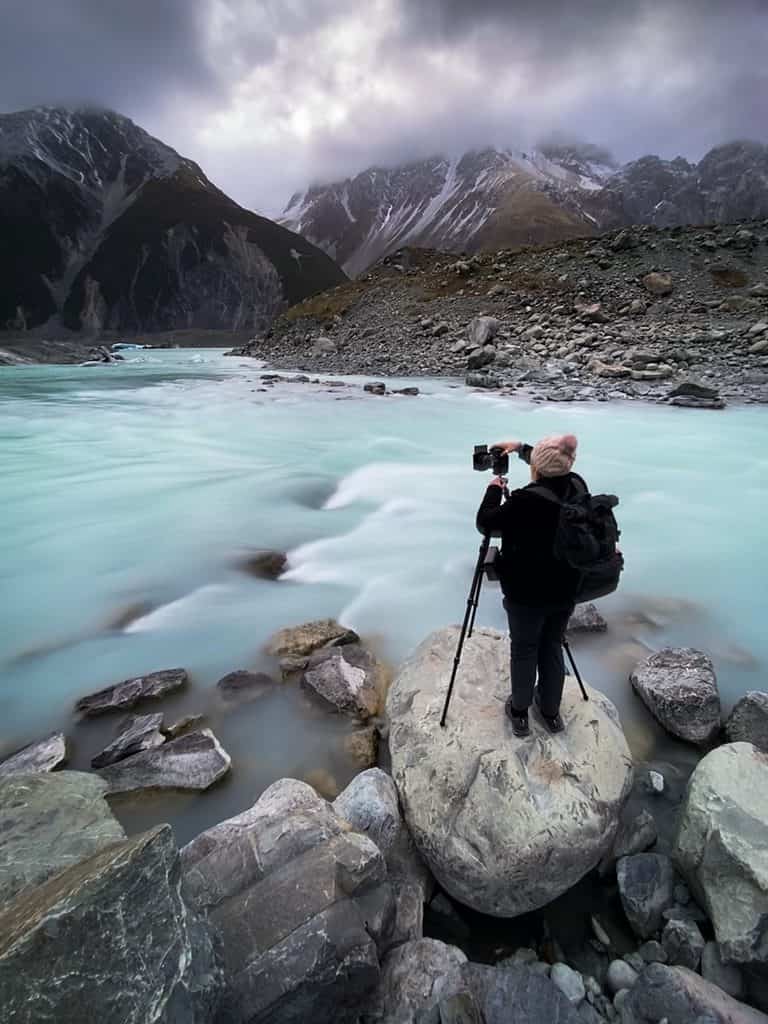
Conclusion
I truly hope this article has helped you to get started to find landscape photography locations, and you’re inspired to get researching.
It can be a time-consuming task, but oh so rewarding. Always remember to be patient and enjoy getting out to explore this incredible world we live in.
There will be times that you won’t get the ideal conditions, no matter how much planning you put in. Save your information and revisit when you can. It can sometimes take a few visits, and that makes that perfect shot even more special when you do get it!
Check out some of the location guides below for inspiration and get out exploring!
These are the main ways that I use to find landscape photography locations. Do you have any that I have missed? I’d love to know, so please let me know in the comments below.
That’s it for now – Keep clicking and stay caffeinated.
Like this post? PIN it so you can save it for later
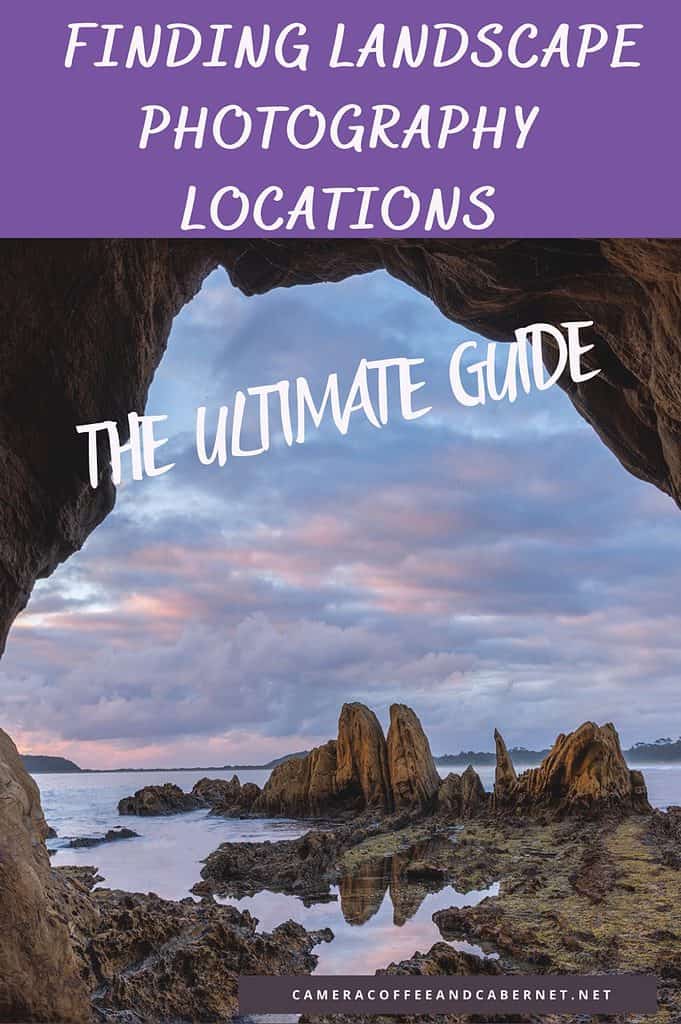
Other Posts You Might Like:
- Local Photography – Explore The Landscapes Of Your Own Backyard
- Planning Your Next Photoshoot
- Location Guides
- NSW South Coast Photo Spots: The Top 10 Locations for Great Photos
Don’t miss a post – sign up Here if you haven’t already
Note – This post does not contain any sponsored or affiliated links. All suggestions and opinions are mine. Unless otherwise stated, all photos are mine and remain my copyright images – Sam Wilson Photography.


